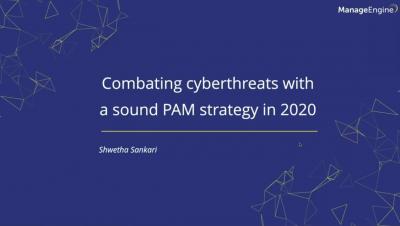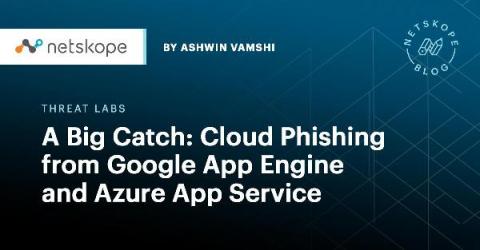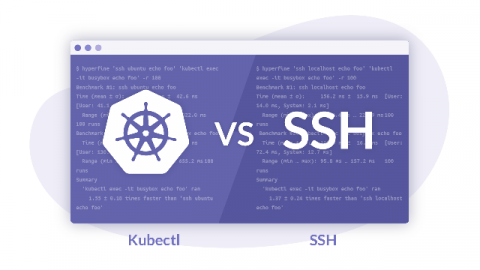Being onsite for an assessment is better, but a lot of it is possible remotely
The way we shop for groceries has changed because of the unusual circumstances the world is in today. Instead of spending as much time physically in the store selecting our own items, we now have the option to order online and arrange for a time to pick them up, or better yet, have them delivered. Of course, there may be a few items you’d prefer to go in and see in person, like fresh produce.








